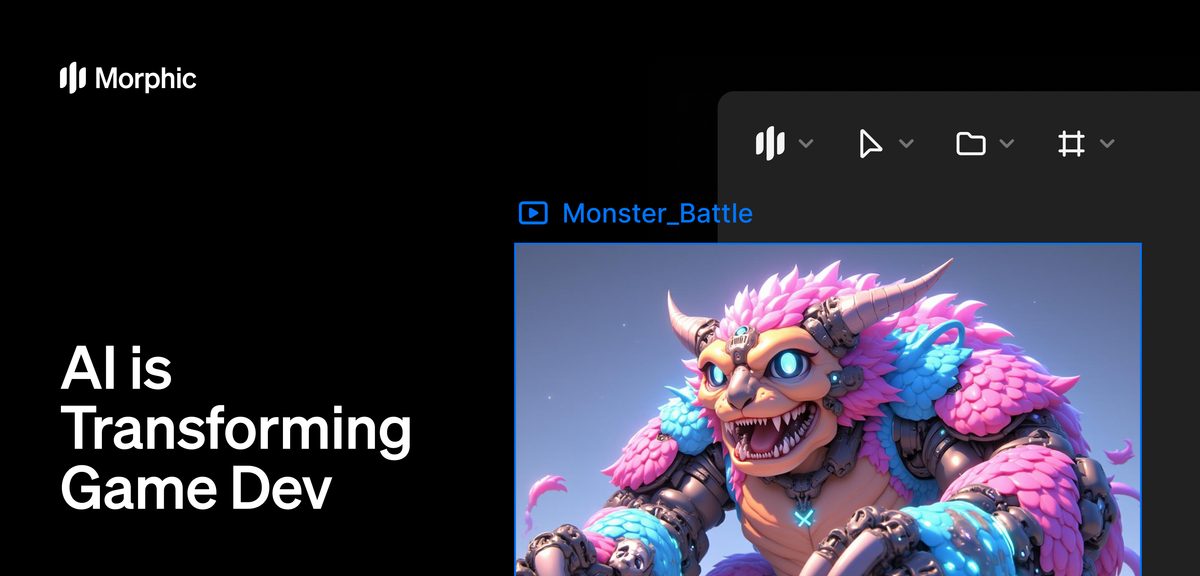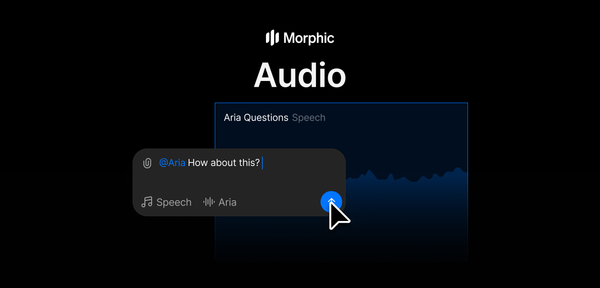How AI is Transforming Game Development: A Closer Look at Asset Creation

In the world of game development, the game assets—textures, characters, environments—form the visual fabric of a game, immersing players in worlds full of wonder, challenge, and discovery. Creating these assets is one of the most foundational yet time-consuming tasks. However, the process of crafting these elements, especially in today’s high-demand gaming industry, comes with significant challenges. Developers and art teams, especially at smaller studios, must balance creativity, consistency, and technical precision, often under the constraints of tight deadlines and budgets.
Traditionally, creating game assets involves a series of meticulous steps that require skilled artists a substantial amount of time:
- Concept Art: Artists begin with rough sketches to conceptualize the visual direction of characters, objects, or environments.
- 3D Modeling and Texturing: For 3D games, assets are modeled and textured using tools like Blender or Maya, a process that can take weeks to perfect.
- Iteration and Refinement: Feedback from developers and playtesters and overall art direction leads to multiple rounds of revisions, adding to the production timeline.
- Integration: Finalized assets are imported into game engines, where they are tested and optimized to ensure smooth performance.
While this process has produced some of the most iconic visuals in gaming history, it is resource-intensive and leaves little room for experimentation, especially for smaller studios with limited budgets and teams.
AI is now revolutionizing the way developers and artists create and iterate on game assets, unlocking new efficiencies and creative possibilities.
Game Development Workflow
AI-driven tools are enabling developers to maintain consistency and efficiency across their projects while focusing on creative storytelling and innovation. From designing textures and environments to assembling entire scenes:
- Style Models for Consistent Environments and Asset Generation
AI-trained style models allow developers and artists to generate textures, objects, and environments that align seamlessly with their game’s visual identity. Once a style model is trained, with simple prompts, game developers and artists can create assets like NPCs or entire settings that stay true to their established art style.
Example: A team working on a fantasy RPG trained a style model using hand-painted references. With Morphic, they were able to generate lush, cohesive forest environments in minutes, significantly accelerating production without compromising artistic quality. - Character Models for NPCs and Protagonists
AI allows developers and artists to train models on specific characters and generate polished designs ready for integration. One can describe specific poses, attire, or expressions and can quickly create visuals tailored to their needs.
Example: For a sci-fi shooter, developers used Morphic to create a library of NPC designs, complete with armor, weaponry, and distinct personalities—saving time and adding depth to their game world. - Efficient Scene Assembly with Layers
With the Layers feature, one can easily separate and combine objects, characters, and textures to assemble complex scenes. This tool streamlines workflows by enabling quick adjustments to layouts or individual assets, eliminating the need to redo entire scenes.
AI is not merely a tool for speeding up processes—it enables more experimentation and creative output. At Morphic, we’re not just helping developers and artists speed up their game development workflows—we’re redefining the boundaries of what’s possible.



